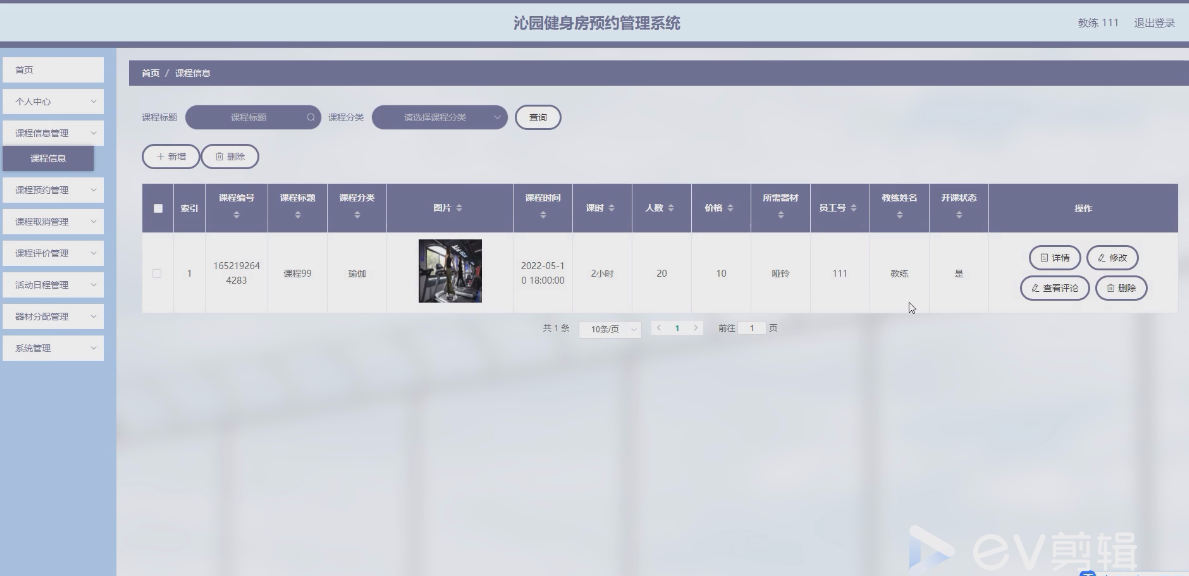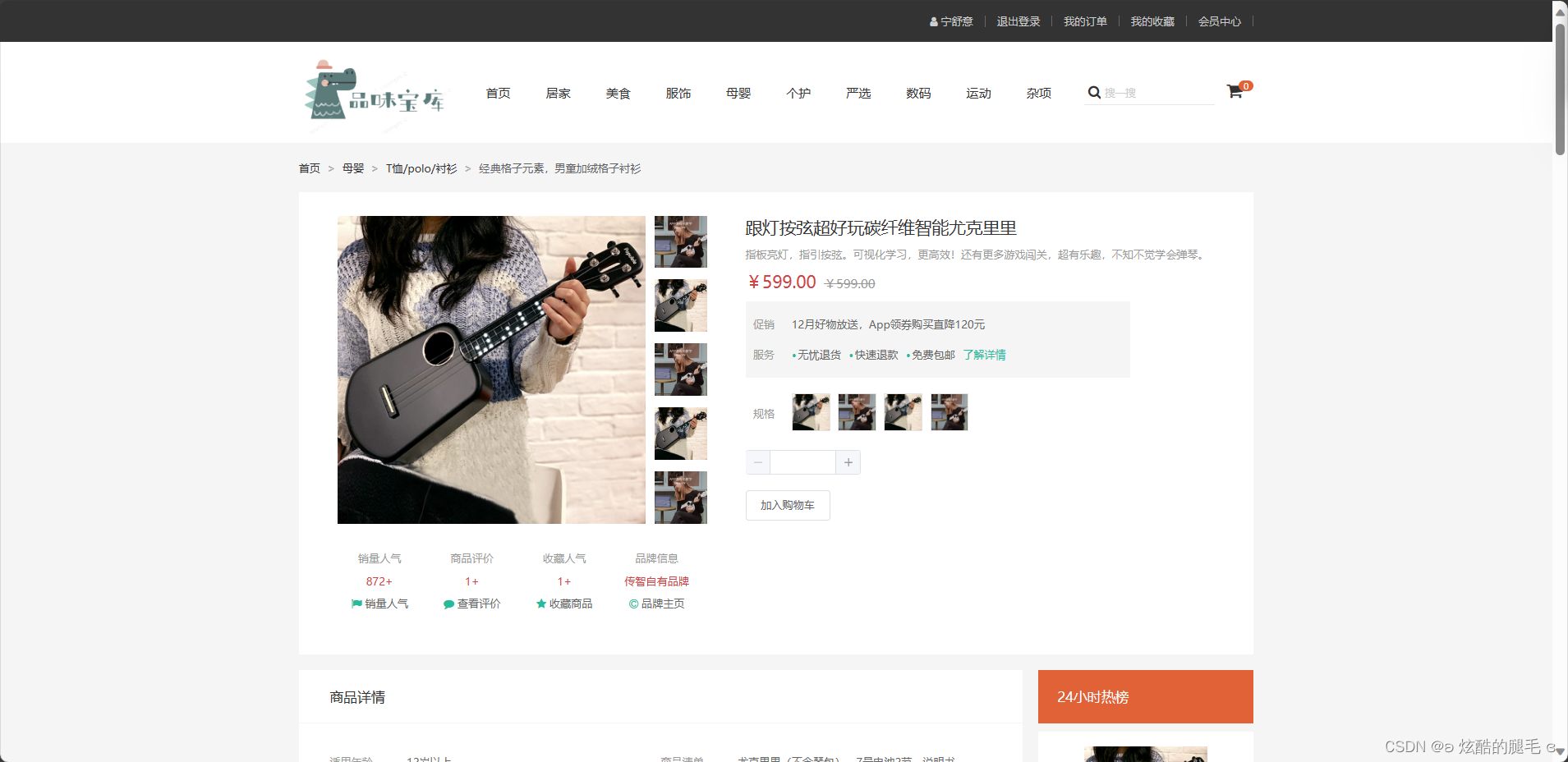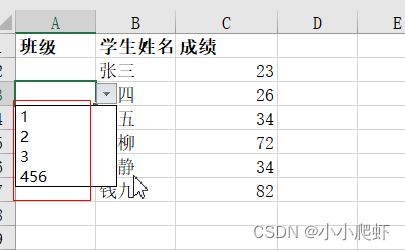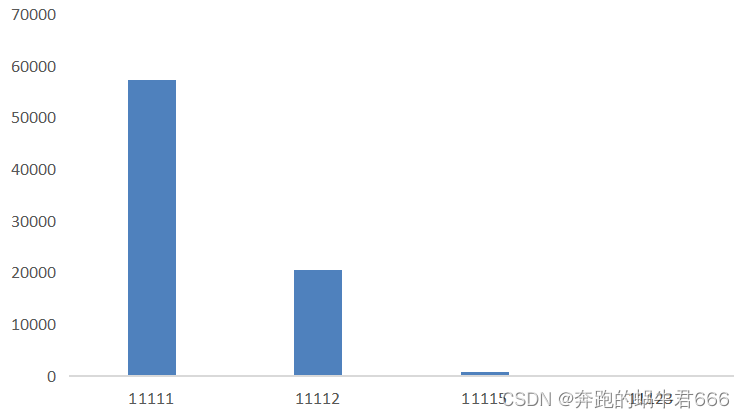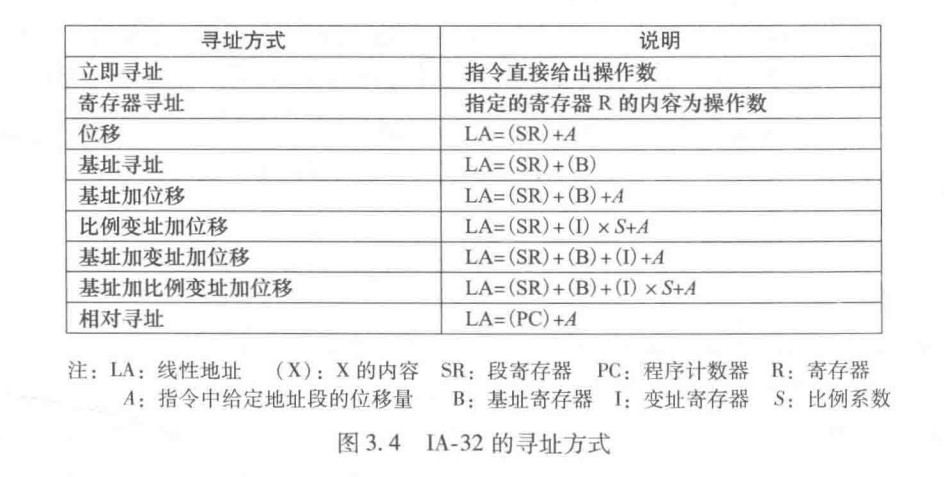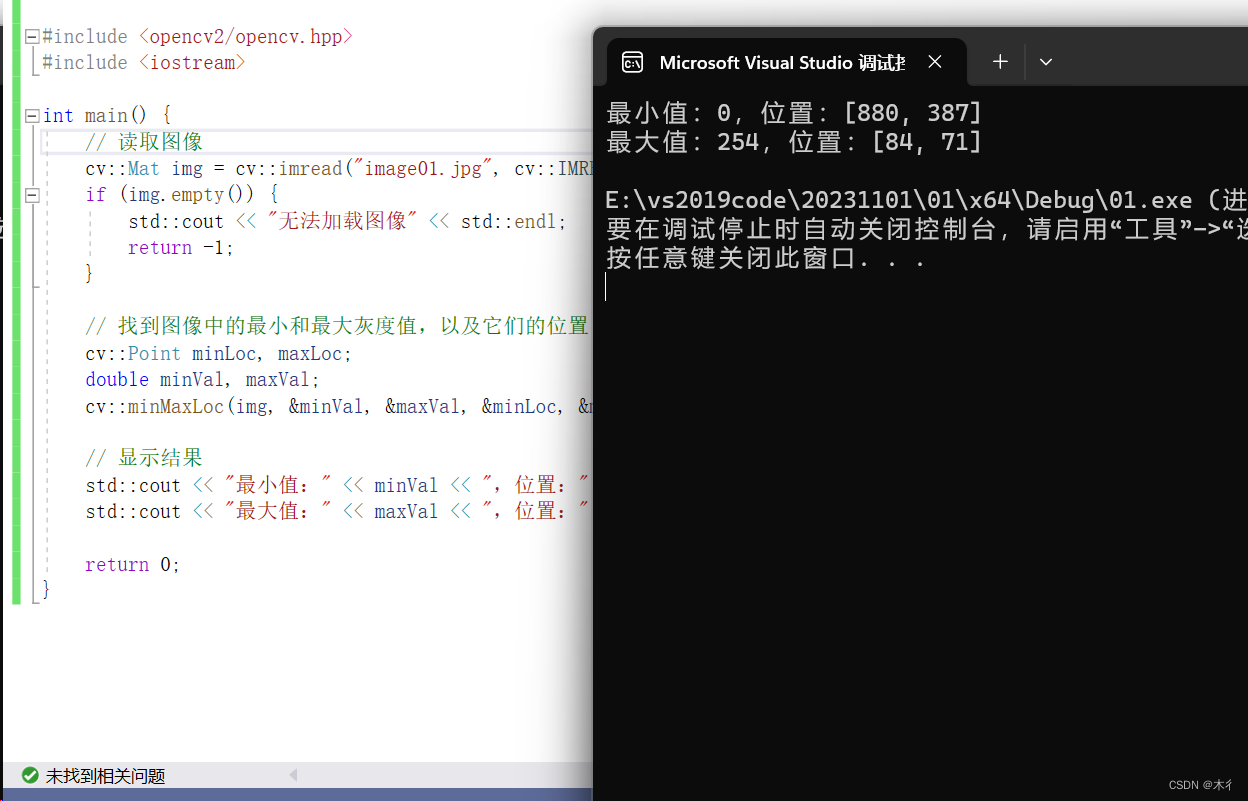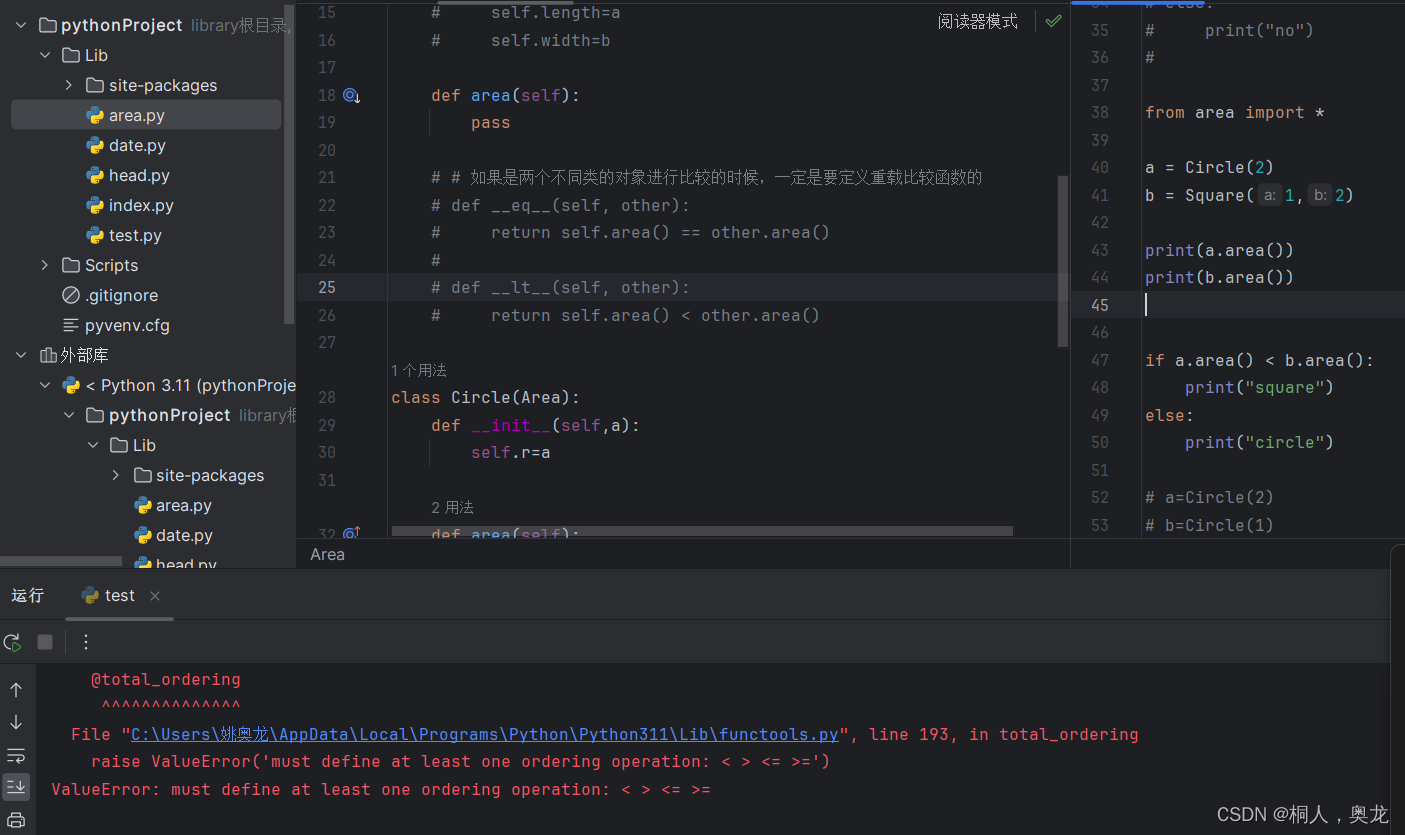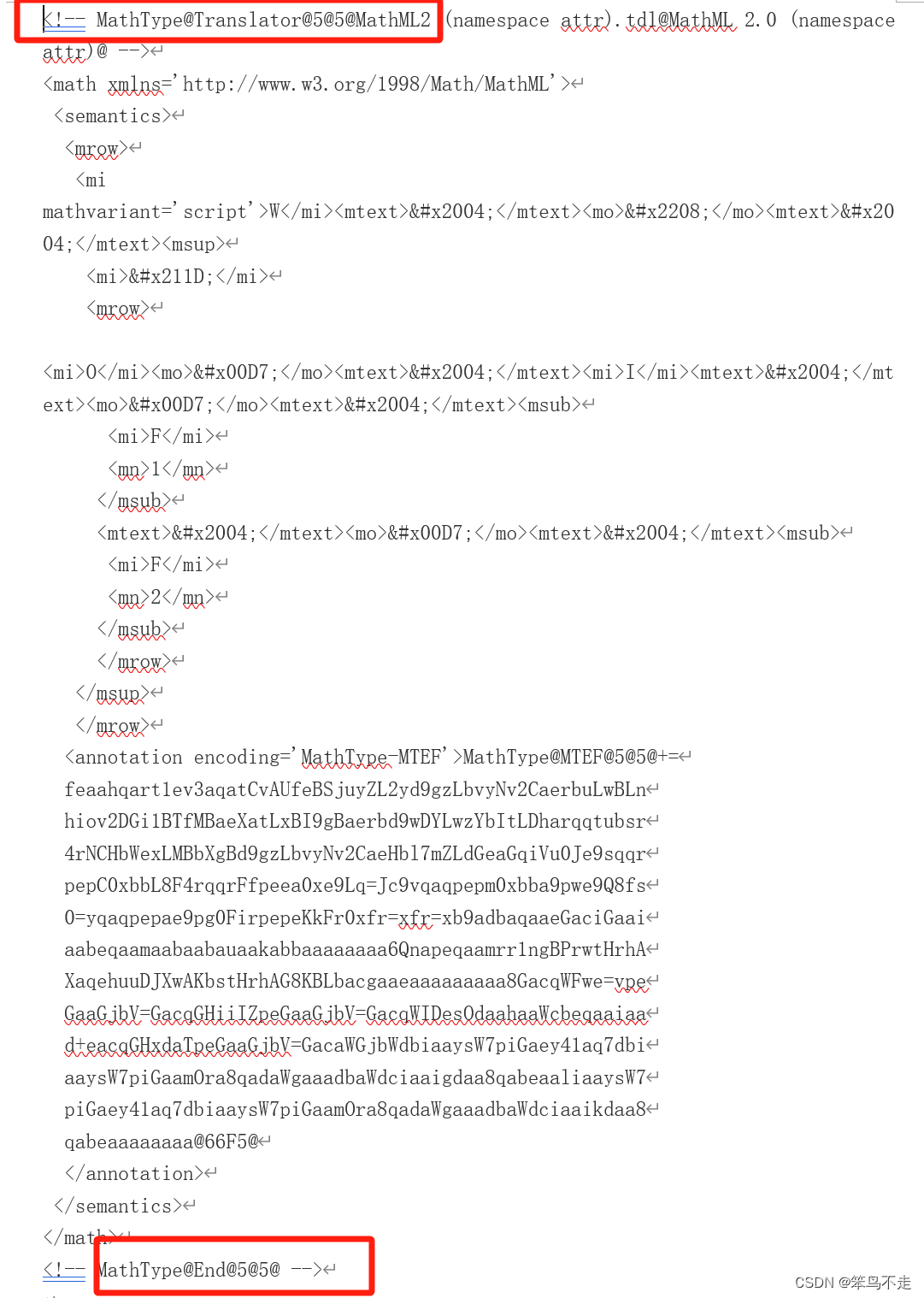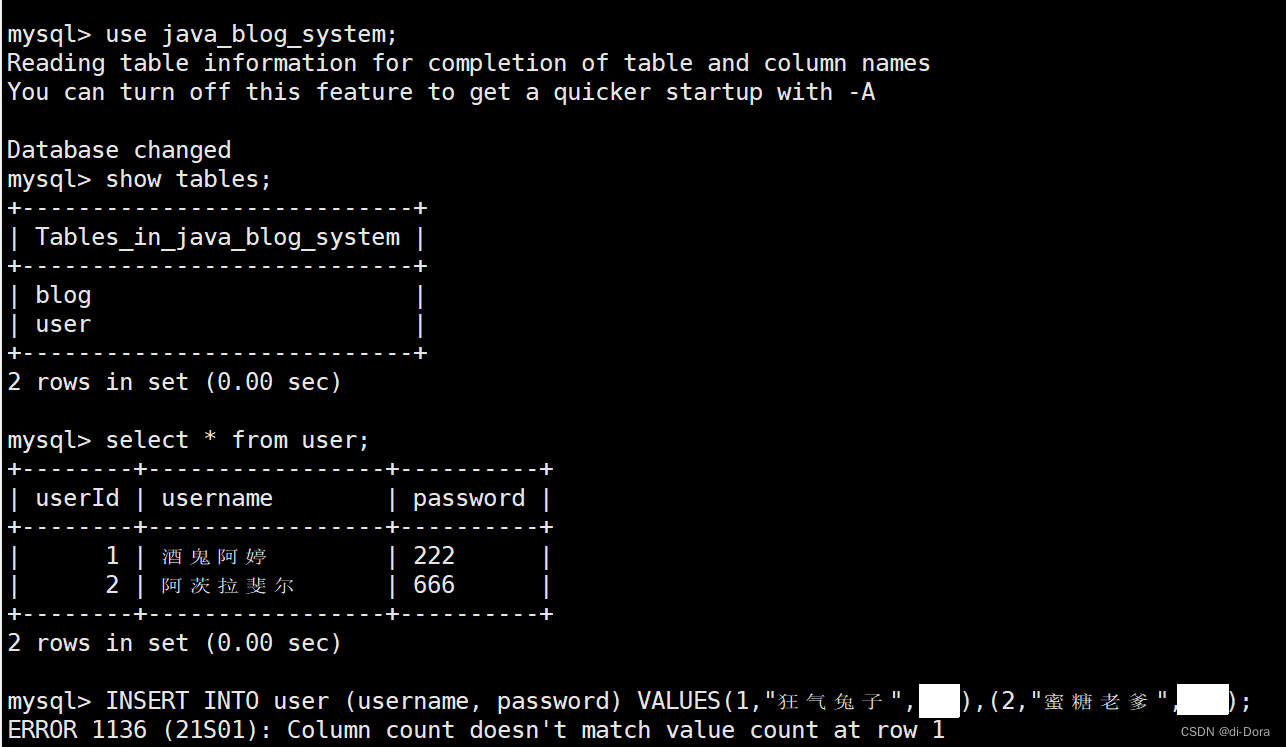华子目录
- Requests介绍
- 安装requests模块
- 常用方法
- 常用属性
- 实例引入
- 各种请求方式
- 基于get请求
- 带参数的get请求
- 推荐写法
- 基于post请求
- 添加headers信息
- content获取二进制数据
- bytes类型
- 获取json数据
- 第一种方式
- 第二种方式
- response响应
- 状态码判断
- 高级操作
- 会话维持
- 通过cookie维持会话
- 通过session维持会话
- 代理设置
- 超时设置
- 异常处理
Requests介绍
- 作用:发送网络请求,获得响应数据
- 官方文档https://requests.readthedocs.io/zh_CN/latest/index.html
- Requests是用python语言基于urllib编写的,采用的是Apache2 Licensed开源协议的http库,它比urllib更加方便,可以节约大量的工作,完全满足http测试需求的库。
安装requests模块
输入cmd,打开命令行模式,输入
windows操作系统:pip install requests
Linux操作系统:sodo pip install requests
常用方法
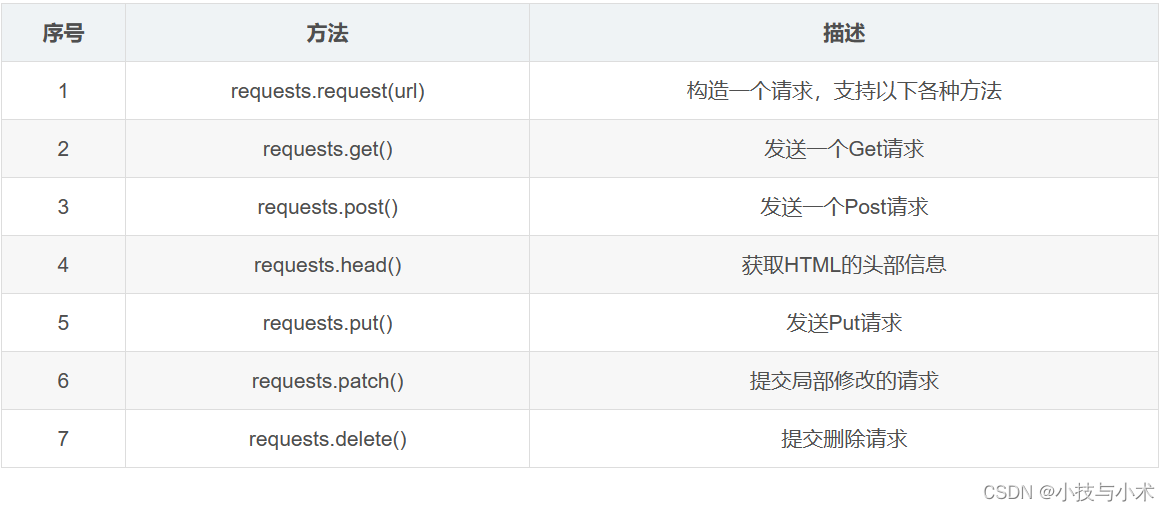
其中最常用的方法是get和post方法,分别用于发送get请求和post请求,返回响应体对象(响应源码+响应状态码+响应url)
常用属性
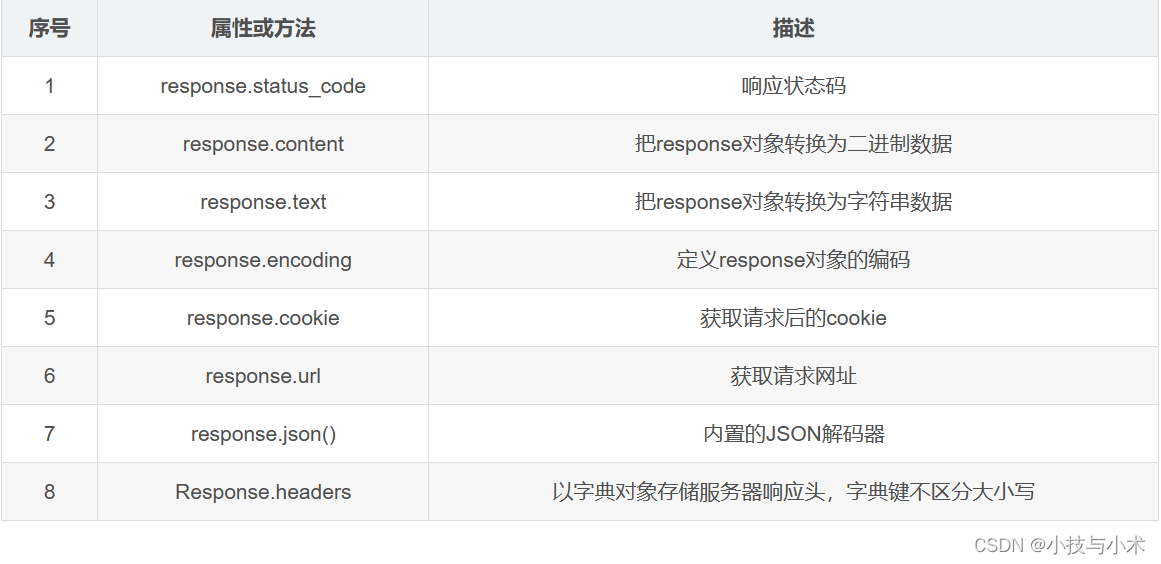
实例引入
import requests
# https://www.baidu.com/
response = requests.get('https://www.baidu.com/')
print(response) # 响应体对象(响应源码+响应状态码+响应url)
print(response.text) # 响应体内容
print(type(response.text)) # 响应体内容类型为str
print(response.status_code) # 响应状态码
print(response.url) # 查看响应方的url
<Response [200]>
<!DOCTYPE html>
<!--STATUS OK--><html> <head><meta http-equiv=content-type content=text/html;charset=utf-8><meta http-equiv=X-UA-Compatible content=IE=Edge><meta content=always name=referrer><link rel=stylesheet type=text/css href=https://ss1.bdstatic.com/5eN1bjq8AAUYm2zgoY3K/r/www/cache/bdorz/baidu.min.css><title>ç™¾åº¦ä¸€ä¸‹ï¼Œä½ å°±çŸ¥é“</title></head> <body link=#0000cc> <div id=wrapper> <div id=head> <div class=head_wrapper> <div class=s_form> <div class=s_form_wrapper> <div id=lg> <img hidefocus=true src=//www.baidu.com/img/bd_logo1.png width=270 height=129> </div> <form id=form name=f action=//www.baidu.com/s class=fm> <input type=hidden name=bdorz_come value=1> <input type=hidden name=ie value=utf-8> <input type=hidden name=f value=8> <input type=hidden name=rsv_bp value=1> <input type=hidden name=rsv_idx value=1> <input type=hidden name=tn value=baidu><span class="bg s_ipt_wr"><input id=kw name=wd class=s_ipt value maxlength=255 autocomplete=off autofocus=autofocus></span><span class="bg s_btn_wr"><input type=submit id=su value=百度一下 class="bg s_btn" autofocus></span> </form> </div> </div> <div id=u1> <a href=http://news.baidu.com name=tj_trnews class=mnav>æ–°é—»</a> <a href=https://www.hao123.com name=tj_trhao123 class=mnav>hao123</a> <a href=http://map.baidu.com name=tj_trmap class=mnav>地图</a> <a href=http://v.baidu.com name=tj_trvideo class=mnav>视频</a> <a href=http://tieba.baidu.com name=tj_trtieba class=mnav>è´´å§</a> <noscript> <a href=http://www.baidu.com/bdorz/login.gif?login&tpl=mn&u=http%3A%2F%2Fwww.baidu.com%2f%3fbdorz_come%3d1 name=tj_login class=lb>登录</a> </noscript> <script>document.write('<a href="http://www.baidu.com/bdorz/login.gif?login&tpl=mn&u='+ encodeURIComponent(window.location.href+ (window.location.search === "" ? "?" : "&")+ "bdorz_come=1")+ '" name="tj_login" class="lb">登录</a>');
</script> <a href=//www.baidu.com/more/ name=tj_briicon class=bri style="display: block;">更多产å“</a> </div> </div> </div> <div id=ftCon> <div id=ftConw> <p id=lh> <a href=http://home.baidu.com>å
³äºŽç™¾åº¦</a> <a href=http://ir.baidu.com>About Baidu</a> </p> <p id=cp>©2017 Baidu <a href=http://www.baidu.com/duty/>使用百度å‰å¿
读</a> <a href=http://jianyi.baidu.com/ class=cp-feedback>æ„è§å馈</a> 京ICPè¯030173å· <img src=//www.baidu.com/img/gs.gif> </p> </div> </div> </div> </body> </html>
<class 'str'>
200
https://www.baidu.com/
各种请求方式
import requests
url = 'http://httpbin.org/put'
print(requests.get(url))
print(requests.post(url))
print(requests.put(url))
print(requests.delete(url))
print(requests.head(url))
print(requests.options(url))
基于get请求
import requests
url = 'http://httpbin.org/get' # 目标站点
re = requests.get(url)
print(re.status_code)
print(re.text)
print(type(re.text))
200
{
"args": {},
"headers": {
"Accept": "*/*",
"Accept-Encoding": "gzip, deflate",
"Host": "httpbin.org",
"User-Agent": "python-requests/2.31.0",
"X-Amzn-Trace-Id": "Root=1-6550ee3e-1138be3d1596f4b820f87a82"
},
"origin": "111.18.40.246",
"url": "http://httpbin.org/get"
}
<class 'str'>
带参数的get请求
import requests
url = 'http://httpbin.org/get?age=21&name=huazi' # 目标站点
re = requests.get(url)
print(re.status_code)
print(re.text)
print(type(re.text))
200
{
"args": {
"age": "21",
"name": "huazi"
},
"headers": {
"Accept": "*/*",
"Accept-Encoding": "gzip, deflate",
"Host": "httpbin.org",
"User-Agent": "python-requests/2.31.0",
"X-Amzn-Trace-Id": "Root=1-6550eff0-11976ad80c73c287054a519e"
},
"origin": "111.18.40.239",
"url": "http://httpbin.org/get?age=21&name=huazi"
}
<class 'str'>
推荐写法
把参数单独构建在字典里
import requests
param = {
'name':'huazi',
'age':10
}
url = 'http://httpbin.org/get?age=21&name=huazi' # 目标站点
re = requests.get(url,params=param) # params携带get的参数
print(re.status_code)
print(re.text)
print(type(re.text))
200
{
"args": {
"age": [
"21",
"10"
],
"name": [
"huazi",
"huazi"
]
},
"headers": {
"Accept": "*/*",
"Accept-Encoding": "gzip, deflate",
"Host": "httpbin.org",
"User-Agent": "python-requests/2.31.0",
"X-Amzn-Trace-Id": "Root=1-6550f2a3-7e41a0ad12af5b99601cefda"
},
"origin": "111.18.40.234",
"url": "http://httpbin.org/get?age=21&name=huazi&name=huazi&age=10"
}
<class 'str'>
基于post请求
import requests
url = 'http://httpbin.org/post'
d = {
'age':10,
'name':'huazi'
}
re = requests.post(url, data=d) # data携带post请求的参数
print(re.status_code)
print(re.url)
print(re.text)
200
http://httpbin.org/post
{
"args": {},
"data": "",
"files": {},
"form": {
"age": "10",
"name": "huazi"
},
"headers": {
"Accept": "*/*",
"Accept-Encoding": "gzip, deflate",
"Content-Length": "17",
"Content-Type": "application/x-www-form-urlencoded",
"Host": "httpbin.org",
"User-Agent": "python-requests/2.31.0",
"X-Amzn-Trace-Id": "Root=1-6550f5eb-73f133fb497a4aca38ae755c"
},
"json": null,
"origin": "111.18.40.243",
"url": "http://httpbin.org/post"
}
添加headers信息
浏览器用户身份的标识,缺少的话,服务器会认为你不是一个正常的浏览器用户,而是一个爬虫程序。
user-agent: Mozilla/5.0 (Windows NT 10.0; Win64; x64) AppleWebKit/537.36 (KHTML, like Gecko) Chrome/91.0.4472.124 Safari/537.36
import requests
# 将参数name和age定义到字典params中
params = {
"name": "tony",
"age": 20
}
url = 'http://httpbin.org/get'
# 定义HTTP头信息,cookie,UA和referer
headers = {
"User-agent": "Mozilla/5.0 (Linux; Android 8.1.0; SM-P585Y) AppleWebKit/537.36 (KHTML, like Gecko) Chrome/94.0.4606.71 Safari/537.36",
"referer": "https://www.abidu.com",
"Cookies": "1234565678"
}
# 发送请求参数
res = requests.get(url = url,params = params,headers = headers) # headers携带伪装参数
# 输出返回对象的文本结果
print(res.text)
{
"args": {
"age": "20",
"name": "tony"
},
"headers": {
"Accept": "*/*",
"Accept-Encoding": "gzip, deflate",
"Cookies": "1234565678",
"Host": "httpbin.org",
"Referer": "https://www.abidu.com",
"User-Agent": "Mozilla/5.0 (Linux; Android 8.1.0; SM-P585Y) AppleWebKit/537.36 (KHTML, like Gecko) Chrome/94.0.4606.71 Safari/537.36",
"X-Amzn-Trace-Id": "Root=1-6550fcb0-7316ea826ef4c4664b0c1dff"
},
"origin": "111.18.40.215",
"url": "http://httpbin.org/get?name=tony&age=20"
}
content获取二进制数据
import requests
# 目标站点:百度logo图片:https://www.baidu.com/img/baidu_igylogo3.gif
url = 'https://www.baidu.com/img/baidu_jgylogo3.gif'
re = requests.get(url)
print(re.text)
我们可以看到结果是一堆乱码
(�ɨ����t{���,w�|
�B�Z�aK�7|M�Ph
�%����n8FN&:@F��|V1~w�y��r� �9�khlO�j�!�s�\�m�&�\���AZ�PQ�~��yX��Rż��� � �WEz85�'���
������.�D�a����������,��L
vٱ#�U�a��mf=��*L���<03��]��x���\y��2���)�J�h��iHt��HK&���D�K�� ;
这是我们就要用到response.content获取二进制数据
import requests
# 目标站点:百度logo图片:https://www.baidu.com/img/baidu_igylogo3.gif
url = 'https://www.baidu.com/img/baidu_jgylogo3.gif'
re = requests.get(url)
print(re.content) # content:获取二进制数据
with open('./baidu.png', 'wb')as f: # 在当前同级目录中创建baidu.png照片
f.write(re.content)
bytes类型
- bytes类型是指一推字节的集合,在python中以b开头的字符串都是bytes类型
- bytes类型的作用:
- 1.在python中,数据转成二进制后不是直接以010101的形式表示的,而是用一种叫bytes(字节)的类型来表示
- 2.计算机只能存储二进制数据,我们的字符,图片,视频,音乐等想存到硬盘上,也必须以正确的方式编码成二进制后再存储。
- 3.记住一句话:再python中,字符串必须编码成bytes后才能存到硬盘上。
获取json数据
第一种方式
使用json自带的函数,json.loads()反序列化,将…转为…对象(dict,list,tuple,set)
import requests
import json
url = 'http://httpbin.org/get'
re = requests.get(url)
a = re.text # 返回json数据
# 利用内置模块json
print(a)
dict_data = json.loads(a) # str 转为dict
print(dict_data)
print(type(dict_data)) # 为字典类型的数据
res = dict_data['url']
print(res)
response = dict_data['headers']['Host']
print(response)
第二种方式
使用response.json()方法,将响应体对象转为字典对象
import requests
import json
url = 'http://httpbin.org/get'
re = requests.get(url)
dict_data = re.json() # 将响应体对象转为字典对象
print(dict_data)
print(type(dict_data))
注:为什么两种方法都是将json数据转为dict类型?
因为dict类型的数据便于及进行提取
response响应
url = 'https://www.jianshu.com'
h = {
'User-Agent': 'Mozilla/5.0 (Windows NT 10.0; Win64; x64) AppleWebKit/537.36 (KHTML, like Gecko) Chrome/92.0.4515.159 Safari/537.36'
}
re = requests.get(url,headers=h)
print(re.status_code) # 状态码
print(re.headers) # 查看响应体信息
print(re.url) # 查看url
print(re.history) # 查看网页是否跳转:为[],则没有发生跳转
200
{'Date': 'Sun, 12 Nov 2023 17:21:03 GMT', 'Content-Type': 'text/html; charset=utf-8', 'Transfer-Encoding': 'chunked', 'Connection': 'keep-alive', 'Vary': 'Accept-Encoding', 'X-Frame-Options': 'SAMEORIGIN', 'X-XSS-Protection': '1; mode=block', 'X-Content-Type-Options': 'nosniff', 'ETag': 'W/"41ecb3f916a6731629ac139b5e2cc204"', 'Cache-Control': 'max-age=0, private, must-revalidate', 'Set-Cookie': 'locale=zh-CN; path=/', 'X-Request-Id': '4b3cc972-e9c3-4326-859d-d13ad5a7b556', 'X-Runtime': '0.003260', 'Strict-Transport-Security': 'max-age=31536000; includeSubDomains; preload', 'Content-Encoding': 'gzip'}
https://www.jianshu.com/
[]
状态码判断
200 请求成功
301、302 请求发生跳转
404 页面没找到
500 502 503服务器内部错误
100: ('continue',),
101: ('switching_protocols',),
102: ('processing',),
103: ('checkpoint',),
122: ('uri_too_long', 'request_uri_too_long'),
200: ('ok', 'okay', 'all_ok', 'all_okay', 'all_good', '\\o/', '✓'),
201: ('created',),
202: ('accepted',),
203: ('non_authoritative_info', 'non_authoritative_information'),
204: ('no_content',),
205: ('reset_content', 'reset'),
206: ('partial_content', 'partial'),
207: ('multi_status', 'multiple_status', 'multi_stati', 'multiple_stati'),
208: ('already_reported',),
226: ('im_used',),
# Redirection.
300: ('multiple_choices',),
301: ('moved_permanently', 'moved', '\\o-'),
302: ('found',),
303: ('see_other', 'other'),
304: ('not_modified',),
305: ('use_proxy',),
306: ('switch_proxy',),
307: ('temporary_redirect', 'temporary_moved', 'temporary'),
308: ('permanent_redirect',
'resume_incomplete', 'resume',), # These 2 to be removed in 3.0
# Client Error.
400: ('bad_request', 'bad'),
401: ('unauthorized',),
402: ('payment_required', 'payment'),
403: ('forbidden',),
404: ('not_found', '-o-'),
405: ('method_not_allowed', 'not_allowed'),
406: ('not_acceptable',),
407: ('proxy_authentication_required', 'proxy_auth', 'proxy_authentication'),
408: ('request_timeout', 'timeout'),
409: ('conflict',),
410: ('gone',),
411: ('length_required',),
412: ('precondition_failed', 'precondition'),
413: ('request_entity_too_large',),
414: ('request_uri_too_large',),
415: ('unsupported_media_type', 'unsupported_media', 'media_type'),
416: ('requested_range_not_satisfiable', 'requested_range', 'range_not_satisfiable'),
417: ('expectation_failed',),
418: ('im_a_teapot', 'teapot', 'i_am_a_teapot'),
421: ('misdirected_request',),
422: ('unprocessable_entity', 'unprocessable'),
423: ('locked',),
424: ('failed_dependency', 'dependency'),
425: ('unordered_collection', 'unordered'),
426: ('upgrade_required', 'upgrade'),
428: ('precondition_required', 'precondition'),
429: ('too_many_requests', 'too_many'),
431: ('header_fields_too_large', 'fields_too_large'),
444: ('no_response', 'none'),
449: ('retry_with', 'retry'),
450: ('blocked_by_windows_parental_controls', 'parental_controls'),
451: ('unavailable_for_legal_reasons', 'legal_reasons'),
499: ('client_closed_request',),
# Server Error.
500: ('internal_server_error', 'server_error', '/o\\', '✗'),
501: ('not_implemented',),
502: ('bad_gateway',),
503: ('service_unavailable', 'unavailable'),
504: ('gateway_timeout',),
505: ('http_version_not_supported', 'http_version'),
506: ('variant_also_negotiates',),
507: ('insufficient_storage',),
509: ('bandwidth_limit_exceeded', 'bandwidth'),
510: ('not_extended',),
511: ('network_authentication_required', 'network_auth', 'network_authentication'),


